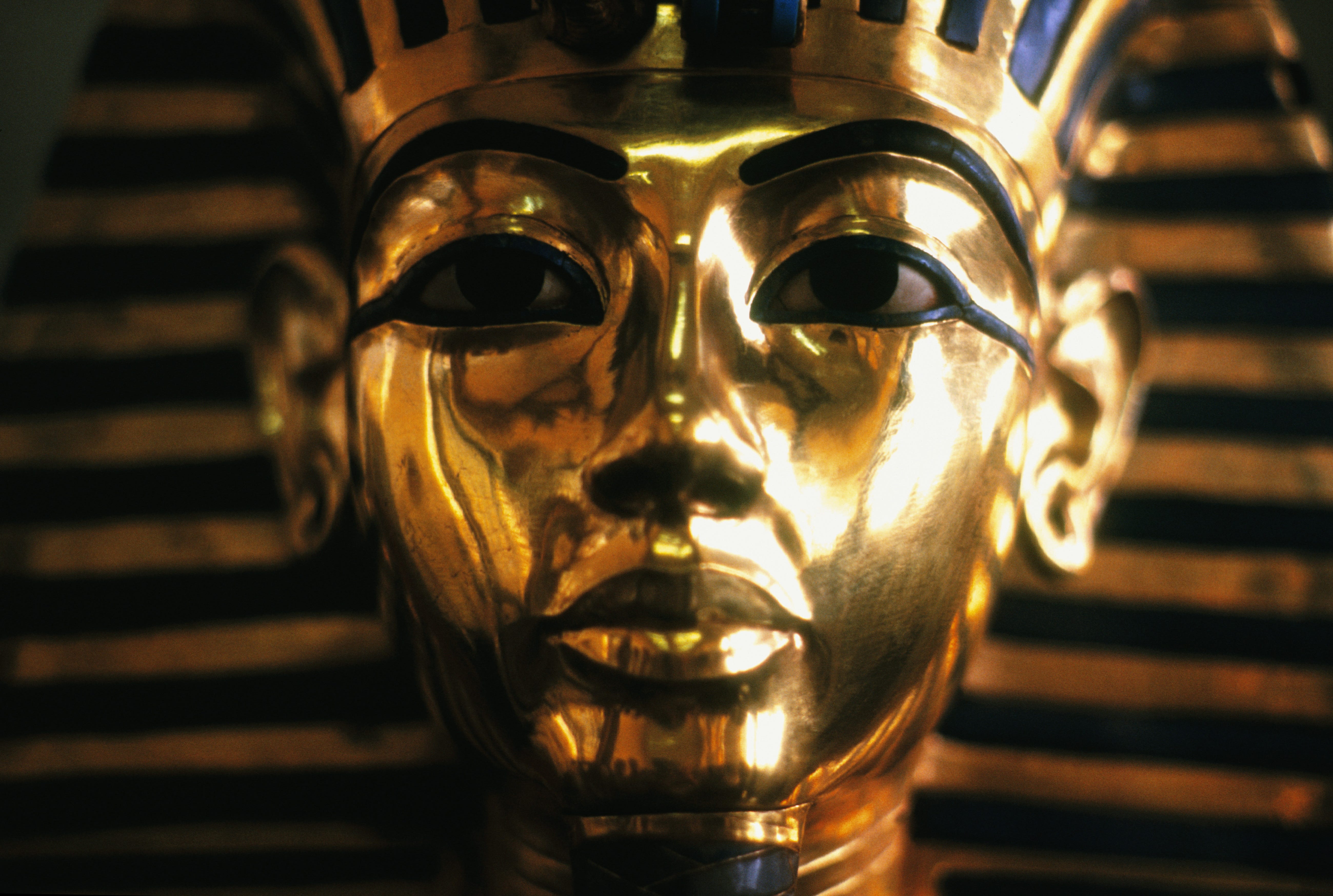In 1942, British explorers Howard Carter and George Herbert, 5th Earl of Carnarvon, struck gold—literally. In the region of Egypt known as the Valley of the Kings, the pair discovered the burial chamber of Tutankhamun, the 18th Dynasty pharaoh who had all but vanished from historical record. King Tut was only about 18 years old when he died around 1323 BCE (hence his nickname the “boy king”), but he was worshiped as a god in his lifetime—and he was buried with enough riches to prove it.
Ancient Egyptians were buried with offerings meant to be used in the afterlife, and Tut’s tomb had more than 5,000 items. Among them: the famous gold death mask you’ve seen on countless covers of National Geographic, jewelry, chariots, several thrones, trumpets, and…board games? Yep, the royal boy was a game boy.
Tutankhamun’s tomb contained four versions of senet, an ancient Egyptian board game that was popular with all classes of society. While the less wealthy might have played on crude boards scratched in the ground, Tut’s tomb contained a particularly elaborate set made of ebony and inlaid with ivory along with ivory game pieces and knucklebones. The upper side of the board was divided into 30 squares for senet, while the underside had 20 sides that was believed to be used for another game called tjau.
Unfortunately, the tomb did not include instruction manual murals for either game, so the exact rules of play have been lost to time. But historians believe the goal of senet was to navigate all of one’s pieces across and off the board while trying to prevent the opponent from doing the same. Players would cast the knucklebones to determine how many moves they would make, and if they landed on a square with an etching it may have had special ramifications. Think of it as the ancient Egyptian equivalent of “go directly to jail, do not pass go, do not collect $200.”
The word senet is roughly translated as “passing,” and although the game had secular origins, it evolved and took on religious significance to the Egyptians. Playing the game was thought to mirror the course of the deceased as they navigated the obstacles of the underworld on the journey into the afterlife.
First references to senet date all the way back to the Third Dynasty. It’s mentioned in the Book of the Dead. People can be seen playing the game in murals in tombs dating back a thousand years before Tutankhamun. Senet was clearly quite popular, and it must have been a pretty good game if King Tut had four copies to play for the rest of eternity.
Tutankhamun’s senet game set is currently on display at the Egyptian Museum in Cairo.




